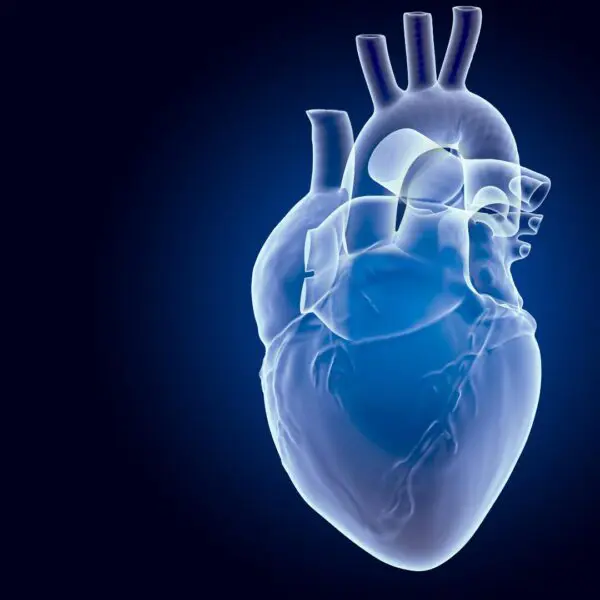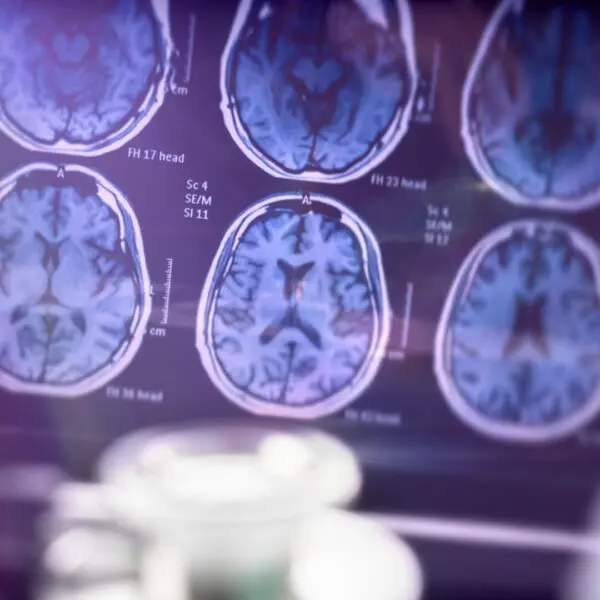Here’s a fact: The more information I uncover in my regenerative medicine research about intermittent hypoxia therapy (IHT) the more I am astounded as to how many benefits it provides.
For those not familiar, IHT is a therapeutic approach that involves subjecting a person to repeated episodes of low oxygen levels (hypoxia) interspersed with normal or hyperoxic oxygen levels. This therapy aims to stimulate the body’s natural adaptive responses to hypoxia, which can benefit various physiological and biochemical processes.
At PUR-FORM, we use an intermittent hypoxia machine that utilizes a face mask, and the device will vary oxygen concentrations from 9%-40%. The duration, frequency, and intensity of the hypoxic episodes can differ depending on the specific treatment protocol and the individual’s needs and condition.
Excellent Uses for Intermittent Hypoxia
Intermittent hypoxia therapy has been studied for various potential therapeutic applications, including improving athletic performance, treating sleep apnea, improving cognitive function, and reducing inflammation and oxidative stress.
Some studies have also suggested intermittent hypoxia therapy may have therapeutic effects in conditions such as chronic fatigue syndrome and fibromyalgia.
Here is a breakdown of how IHT benefits certain common conditions:
- INCREASES CARDIOVASCULAR HEALTH: This can result in improved blood flow, reduced blood pressure, and an overall reduction in the risk of cardiovascular disease. This can be considered a non-pharmacologic therapy for many cardiovascular diseases, but it might not be an appropriate treatment for everyone. The same holds for pulmonary problems.
- IMPROVES IMMUNE FUNCTION: Studies have shown that low oxygen exposure can stimulate the production of specific cytokines and growth factors essential for maintaining a healthy immune system. These factors can improve the ability to fight off infections and disease and reduce the risk of developing autoimmune disorders. Remember, our health is dependent upon our immune system. The stronger our immune system, the stronger we are!
- IMPROVES OVERALL PHYSICAL FITNESS: Another benefit of intermittent hypoxia training is its ability to improve overall physical fitness. By exposing the body to low oxygen levels, this type of training can increase the production of mitochondria, which are the energy-producing structures within cells. Healthier mitochondria can result in improved energy production and an increased ability to perform physical activities and recover from workouts. This is why many elite Olympic athletes train in Colorado Springs. The high altitude creates IHT conditions.
- IMPROVES SLEEP QUALITY: Another essential benefit of intermittent hypoxia training is its ability to improve sleep quality. Low oxygen levels can stimulate the production of certain hormones and neurotransmitters that regulate sleep, such as melatonin and adenosine. Improved sleep quality can lead to improved physical and mental performance, reduced stress levels, and reduced risk of several chronic health conditions. For more tips on how to improve your sleep, please read this blog: 3 Secrets to Energy Producing Sleep
- NEURODEGENERATIVE CONDITIONS: Low oxygen exposure can stimulate the production of certain growth factors, such as brain-derived neurotrophic factor (BDNF), that are important for maintaining the health and survival of nerve cells in the brain. In neurodegenerative conditions, the loss of these growth factors can lead to degeneration and death of nerve cells. Still, exposure to low oxygen levels may help to stimulate their production and improve outcomes. Low oxygen exposure has antioxidant effects, which can help reduce the damage caused by oxidative stress, a critical factor in the development of many neurodegenerative conditions. Intermittent hypoxia training can stimulate neuroplasticity, which refers to the brain’s ability to reorganize and form new connections in response to new experiences and stimuli. The increased neuroplasticity can help compensate for the loss of brain function in neurodegenerative conditions and improve cognitive and motor function. Also, did you know that daily exercise may lead to larger brains? Check out my post on this exciting news!
- GENERAL BODY DETOXIFICATION: Intermittent hypoxia therapy stimulates the body’s natural mechanisms for removing waste products, including the lymphatic system, the liver, and the kidneys. The results are improved overall health and reduced risk of disease.
The lymphatic system expedites removing waste and toxins from the body, and intermittent hypoxia therapy increases lymphatic circulation and enhances this system’s function. This can help to remove waste and toxins more effectively, reducing the load on other organs, such as the liver and kidneys, and helping to maintain overall health. The liver is responsible for detoxification and removing waste products. Intermittent hypoxia therapy improves liver function and increases bile production, which helps to excrete waste products from the body. The kidneys are crucial in filtering waste from the blood and eliminating it from the body as well. Intermittent hypoxia therapy may also stimulate the production of enzymes and hormones that help to break down waste products and improve their elimination from the body. Additionally, intermittent hypoxia therapy stimulates the immune system, which can help to remove waste and toxins more effectively.
- ATHLETIC PERFORMANCE: Another significant benefit of this type of training is its ability to enhance athletic performance. By exposing the body to low oxygen levels, intermittent hypoxia training can stimulate the growth of new blood vessels, increase the oxygen-carrying capacity of the blood, and improve endurance. This can improve athletic performance, especially in endurance-based sports such as running, cycling, and swimming.
- INCREASED BLOOD SUPPLY: Intermittent hypoxia will improve the patient’s blood count, and at the same time, it will increase the formation of new blood vessels.
- IMPROVEMENT IN METABOLIC PARAMETERS: Intermittent hypoxia therapy has been studied for its potential to improve various metabolic parameters, including improved glucose tolerance and improved insulin and leptin sensitivity. This is especially true in those patients coming off a structured weight reduction program.
The Bottom Line on IHT
Whether you seek to improve athletic performance, enhance mental well-being, or reduce the risk of chronic health conditions, this training can effectively achieve your goals. With its numerous benefits and relative ease of implementation, it is no wonder this type of training is growing in popularity and is likely to become an increasingly popular regenerative medicine modality. – Dr. P
If you’re an athlete and you’re interested in learning more about recovery, you’ll want to read this piece on other treatments we offer at PUR-FORM: Athlete Recovery: Quicker, Better, Faster
NOTE: Patients with a significant cardiovascular or pulmonary history may not be appropriate candidates.














